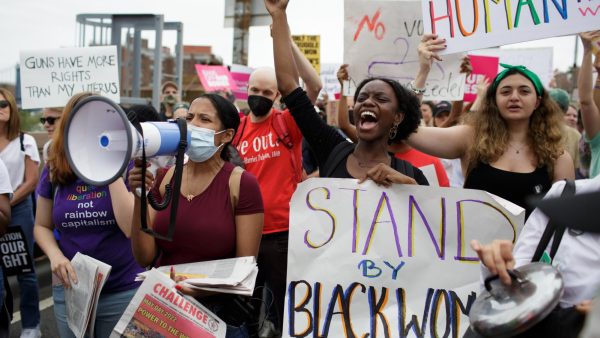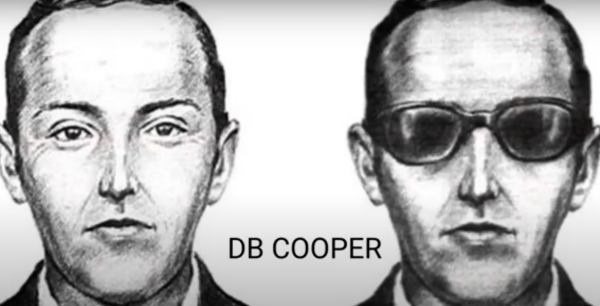Explore the dark past and the bright future of mental health care

The outside of the abandoned Forest Haven.
May 18, 2017
Forest Haven Mental Asylum opened in 1925 and closed 66 years later in 1999. The now abandoned institution is roamed by thrill-seeking, urban adventurers.
Roaming and adventuring throughout the empty asylum gets the adrenaline pumping and excitement rolling, creeping through the halls, classrooms and offices looking at what’s left. It’s against the law to trespass, but many take the risk.
But what about what was there before, the life that and living conditions that existed before the abandonment?
May is Mental Health Awareness Month– it’s a good time to think about the history of marginalized people.
The 50s and 60s were periods of awakening to the
terrible treatment of patients in asylums.
Forest Haven Mental Asylum, in Laurel, Maryland, was a horror to its patients from accounts of patients that made it out and from accounts of parents of patients. It’s a story we can read over and over again in many local histories.
In 1968, Joy Evans was admitted to the asylum to receive care. After the parents, Betty and Harold Evans, came to visit the facility, they saw their daughter tied to a bed behind cell bars. The family filed a lawsuit against Forest Haven.
When the former Mayor of D.C., Vincent Gray visited the asylum in the late 1960s as a psychology student, he called his experience terrifying.
“It was the most dehumanizing thing I had ever seen,” said Gray.
Another awful institution for the mentally disabled was Willowbrook State School, on Staten Island, N.Y.
In 1972, Geraldo Rivera, a rising journalist, went inside the facility without warning or invitation and filmed what he saw. The patients there were naked and covered in their own feces, with only one attendant for about 50 patients.
Previous to Rivera’s interview, Senator Robert F. Kennedy took a trip to Willowbrook.
“The situation at Willowbrook is a snake-pit, the children are living in filth, our fellow citizens are living with a lack of attention. Very little future for people in these institutions. Long overdue that something be done about it,” said Kennedy.
Psychiatric care and mental asylums were criticized heavily throughout the 1900s. Patients were treated with controversial methods of healing. Some treatments that caused society to raise an eyebrow were electroconvulsive therapy and lobotomies.
Asylums turned into a last resort for mental care. Critics made the system make a change. Psychiatry care evolved from asylums, to pharmaceuticals to help for those with mental illnesses.
The end of the 1900s was a time where new technologies treated people with mental illnesses. The MRI and DSM let doctors have a deeper insight to the brain and how the patient should be treated.
The 20th century has played an incredible part in innovating the treatments and care for mental illnesses.
Psychiatrists, therapists and psychopharmacists have all played a role in this progression. Psychiatrists diagnose the problem. Psycopharmacists develop pharmaceuticals that can treat or eliminate the blockages in the brain that create the mental illness. Psychotherapists treat the issue psychologically instead of with medicine.
Supreme Court cases in the 70’s and 80’s shifted the view of the 14th Amendment to focus on people with mental illness.
In the 1972 case of Jackson v. Indiana the Supreme Court decided that the duration of someone’s stay at a facility is based on the purpose for them being admitted. If the person is institutionalized to be treated, they must also be provided adequate treatment.
Before the 1975 case of O’Connor v. Donaldson, many people deemed “mentally disabled” were put into institutions. This case stated that a mental illness alone was not enough to confine someone against their will. Instead, the person has to be deemed a danger to themselves or unable to survive without institutionalized care.
The 1982 case of Youngeberg v. Romeo stated how people’s freedoms are protected inside institutions. It was decided that due process protects people from being held in unwarranted restraints and dangerous confinement.
Now the mentally ill are protected under the law. That’s why institutions like Forest Haven and Willowbrook are ruins now.
The Americans with Disabilities Act, passed by Congress in 1990, was the first civil rights law that focused on the needs of people with disabilities. It prohibits discrimination in employment, public transportation, and government accommodations.
The Civil Rights of Institutionalized Persons Act, passed in 1980, protects the rights of people in correctional facilities and mental health facilities and institutions for those who are intellectually disabled. Under this law, the government can investigate these institutions to make sure they are safe and giving appropriate care.
It can be fun to adventure and look through the asylums and think about the ghost and ghouls that may be roaming there, too. Once you visualize that what you’re seeing were the conditions of the prisoners of society held in awful institutions, with rights stripped from them, it’s not as fun or funny.













